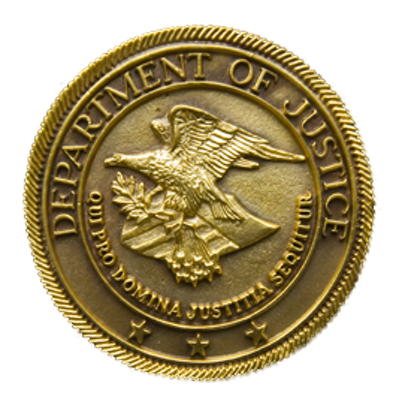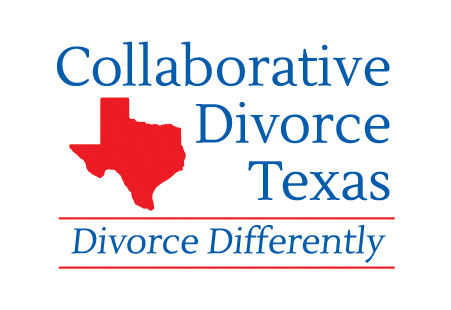BROWNSVILLE, Texas — The former governor of the Mexican State of Tamaulipas, and former candidate for the office of President of Mexico, was extradited to the United States from Italy on Friday and charged with racketeering, drug smuggling, money laundering and bank fraud.
The extradition and indictments resulted from an investigation by U.S. Immigration and Customs Enforcement’s (ICE) Homeland Security Investigations (HSI), the Drug Enforcement Administration (DEA), the IRS’s Criminal Investigations Division (IRS-CID), and the FBI.
This extradition was announced by U.S. Attorneys Ryan K. Patrick, Southern District of Texas and John Bash, Western District of Texas.
Tomas Yarrington Ruvalcaba, 61, from Mexico arrived in the Brownsville April 20 to face the charges, and is expected to make his initial appearance Monday, April 23 at 1:30 p.m. before U.S. Magistrate Ronald Morgan.
“HSI aggressively pursues transnational criminal organizations that pose a threat to the U.S. national security, to include corrupt public officials who use their position and influence to further the illicit activity,” said Special Agent in Charge Shane Folden, of HSI San Antonio. “HSI is committed to upholding the rule of law and investigating those involved in criminal activity and bringing the illicit gains of these crimes to the U.S.”
According to court documents, in April 2017, Yarrington was captured in Italy while traveling under an assumed name, using a false passport and other identification documents. He was taken into custody on a provisional arrest warrant based on an indictment returned in May 2013. Yarrington contested the extradition, but an Italian court recently approved his extradition to the United States.
He was charged following an investigation that spanned several years. The indictment alleges Yarrington and Fernando Alejandro Cano Martinez, 62, and the owner of a Mexican construction firm, conspired to violate the provisions of the Racketeer Influenced and Corrupt Organization (RICO) statute. The two men are also charged with conspiracy to launder money, conspiracy to defraud and conspiracy to make false statements to federally insured U.S. banks.
“This case highlights the impact multiple agencies can have when they join forces. DEA, HSI, IRS-CI and FBI along with our state, local and international law enforcement partners will continue to work together and pursue those who threaten our country through the smuggling and distribution of illegal and dangerous drugs such as cocaine,” said Glaspy. “This extradition sends a global message that those accused of leveraging their political positions to conduct drug trafficking and other criminal activity will be brought to justice.”
“This investigation took law enforcement above and beyond its traditional role in financial crimes,” said Tsui. “The apprehension of Tomas Yarrington Ruvalcaba underscores IRS-CI’s commitment to assist our law enforcement partners, both foreign and domestic, and follow the money trail across the globe to unravel this and other complex financial investigations.”
Yarrington is also separately charged with a conspiracy to violate the provisions of the Controlled Substances Act, two bank fraud counts, and conspiracy to structure currency transactions at a domestic financial institution. While Cano is separately charged with three counts of bank fraud.
Yarrington served as governor of Tamaulipas from 1999 to 2004. Tamaulipas lies along the southern border between the United States and Mexico directly across from Brownsville and Laredo.
According to the indictment, beginning in approximately 1998, Yarrington allegedly received large bribes from major drug traffickers operating in Tamaulipas, including the Gulf Cartel. In return, Yarrington is alleged to have allowed them to operate their large scale, multi-ton drug enterprise freely, which included the smuggling of large quantities of drugs to the United States for distribution. From 2007 to 2009, Yarrington allegedly became involved in the smuggling of large amounts of cocaine through the Port of Veracruz into the United States.
It is further alleged that Yarrington also collected bribes from commercial operations in Mexico. Cano operated Materiales y Construcciones Villa de Aguayo, S.A. de C.V., a construction firm in Tamaulipas that received significant public works contracts during Yarrington’s term as governor. The indictment alleges Cano, in turn, paid bribes to Yarrington to include the acquisition of real estate in front names for him.
The indictment further alleges Yarrington also received control over stolen public funds in the latter part of 2004. Portions of those funds were allegedly used to buy a Sabreliner 60 airplane in January 2005. As part of that purchase, $300,000 was transferred to a bank account in the United States. Another portion of the allegedly stolen funds, $5 million Mexican pesos, was transferred to Cano in the spring of 2005.
Court records also allege that starting in approximately 1998, Yarrington, and later Cano, became involved in the acquisition of valuable assets in the United States, using front names and business entities established starting in 2005 to disguise the true ownership of the assets. The assets included bank accounts, residences, airplanes, vehicles and real estate in Bexar, Cameron, Hidalgo and Hays Counties, many of which were acquired via fraudulent loans from banks in Texas. Further, that bank accounts established in front names at Texas banks were also used to receive and disburse money to carry the ongoing costs of the assets, such as loan costs and condo fees.
The indictment identifies numerous specific front entities involved in the scheme, each of which allegedly applied for multi-million-dollar fraudulent loans at Texas banks, which Cano personally guaranteed. The indictment details a total of more than $7 million in transfers into the U.S. accounts of the front entities.
Additional entities were created and used to apply for other loans to fund the purchase of still other assets, according to the indictment. Numerous currency transactions were conducted at First National Bank, headquartered in Edinburg, Texas, in a structured manner in amounts at or below $10,000 to evade the filing of Currency Transaction Reports by the bank.
Cano is not in the custody of the United States and a warrant remains outstanding for his arrest. Anyone with information about his whereabouts is asked to contact Homeland Security Investigations at 956-542-5811. Persons calling from Mexico should call 001-800-010-5237.
The RICO and money laundering charges each carry sentences of up to 20 years in prison, while conspiracy to commit bank fraud carries as possible punishment up to 30 years. The drug conspiracy charges carry a term of imprisonment of at least 10 years. The currency structuring charges carry a possible five-year-term of imprisonment.
The indictment also includes a notice of forfeiture. Some of the assets identified in the indictment already have been seized and forfeited to the United States in civil forfeiture actions over the course of the investigation, to include approximately 46 acres in Bexar County, a condo on South Padre Island, a 2005 Pilatus airplane and residences in Hidalgo and Hays counties.
The investigation leading to the indictment has been conducted by the Organized Crime Drug Enforcement Task Force in Brownsville, San Antonio, Houston, Corpus Christi and New York and has included agents and officers with HSI, DEA, IRS-CI, FBI and the Texas Attorney General’s Office. The United States government also acknowledges with gratitude the significant assistance received from the government of Mexico in the course of this investigation, including through sharing evidence and expertise. Additionally, the United States acknowledges the assistance of the U.S. Marshals Service, HSI-Rome, Italian law enforcement and the Italian government in their assistance in Yarrington’s extradition.
Assistant U.S. Attorneys Julie K. Hampton, Jody Young, Karen Betancourt and Jon Muschenheim, Southern District of Texas, are prosecuting the case.
An indictment is a formal accusation of criminal conduct, not evidence.
A defendant is presumed innocent unless and until convicted through due process of law.




